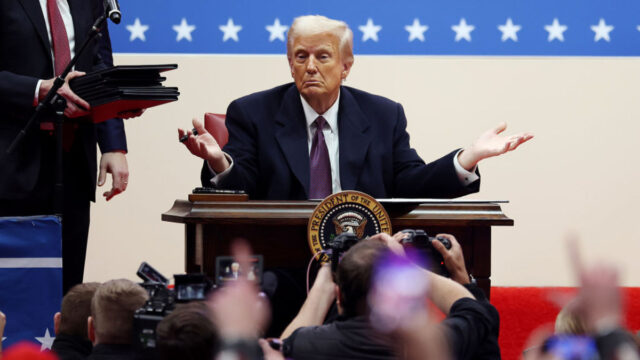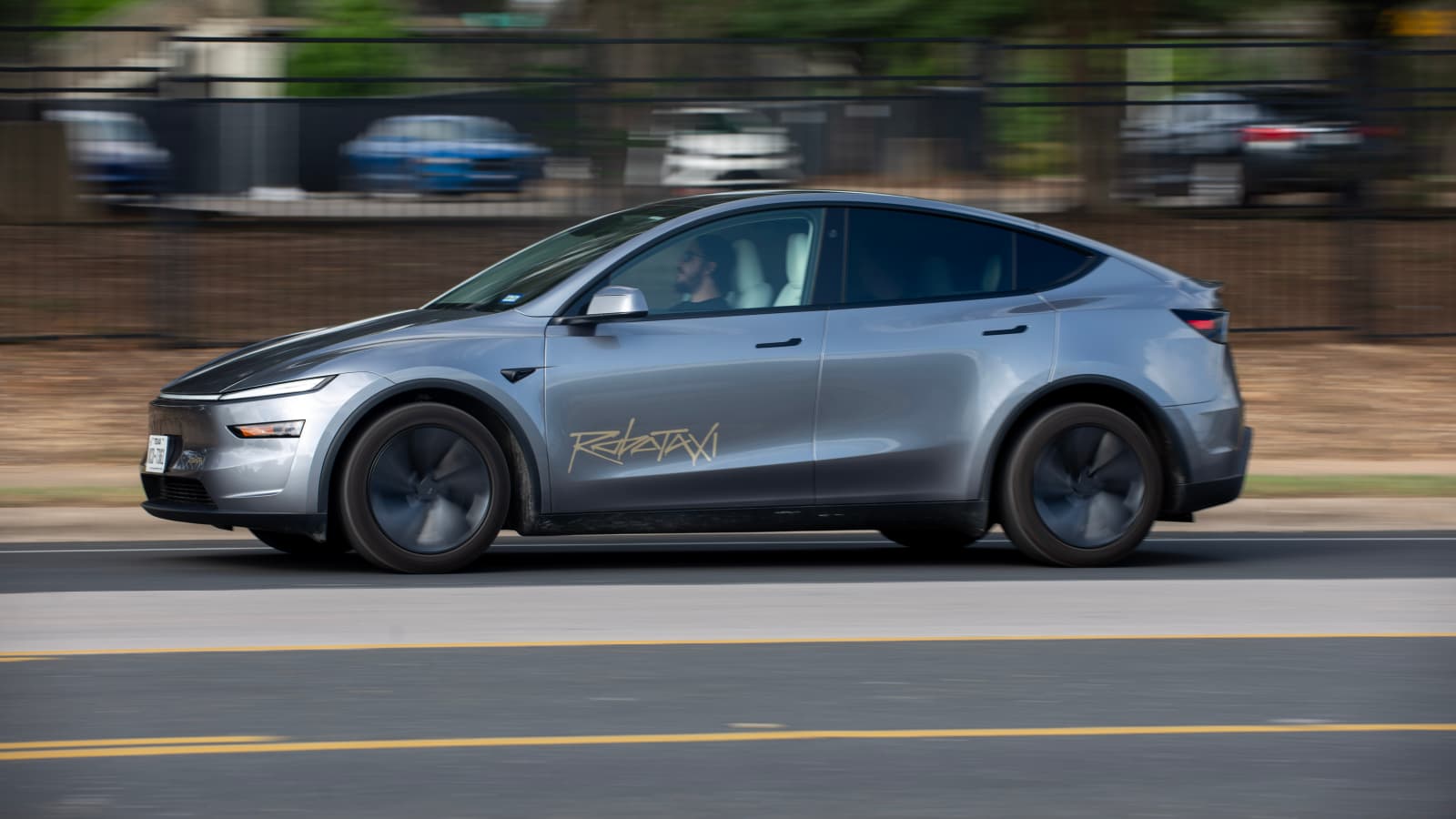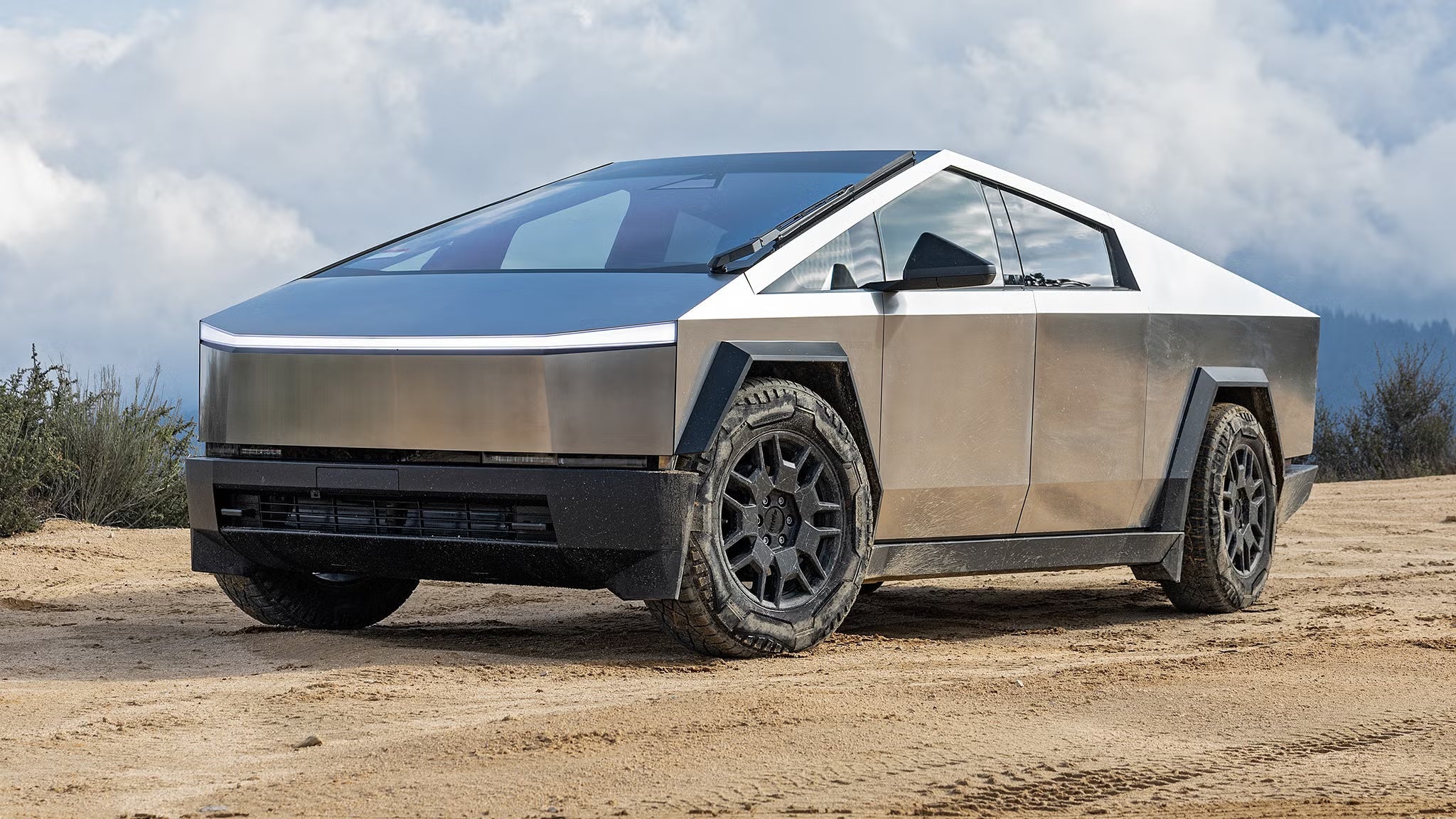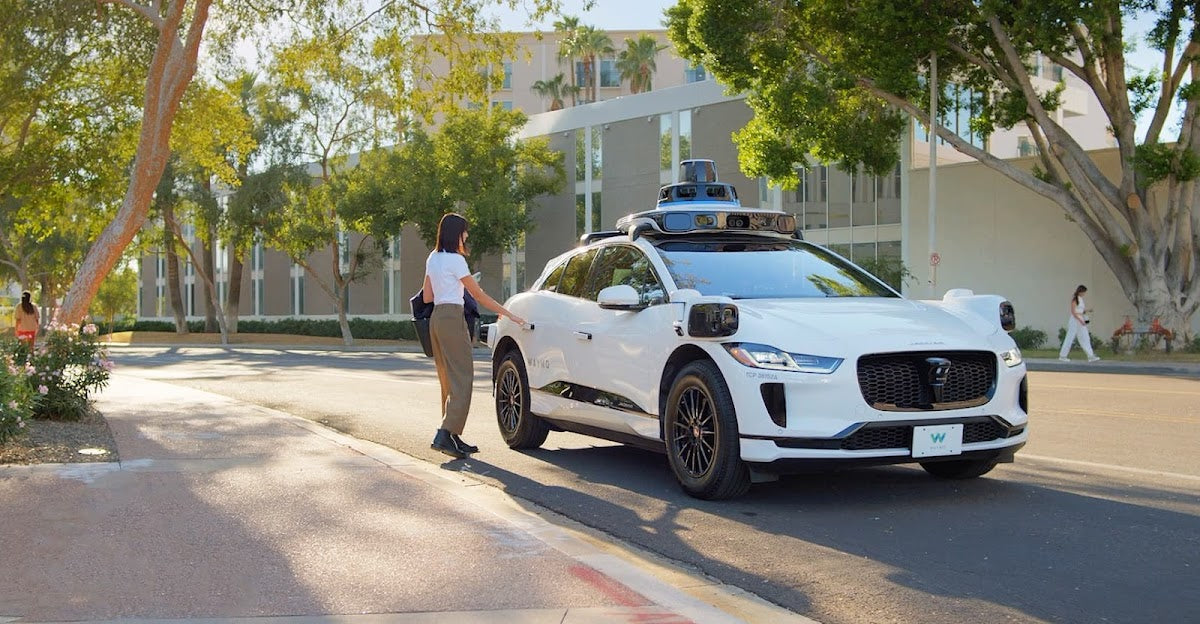Präsident Donald Trump hat eine Durchführungsverordnung erlassen, die das von ihm irreführend als „Elektrofahrzeugmandat“ bezeichnete und während der Präsidentschaft Joe Bidens eingeführte Mandat aufheben soll. Dieser Schritt steht im Einklang mit Trumps Wahlkampfversprechen, die seiner Ansicht nach übermäßige Förderung von Elektrofahrzeugen durch Biden und die demokratische Führung einzudämmen. Die Durchführungsverordnung sowie die erwarteten politischen Veränderungen während einer zweiten Amtszeit Trumps könnten US-Initiativen zur Bekämpfung des Klimawandels behindern, der vor allem durch die Emissionen von Benzin- und Dieselfahrzeugen verursacht wird.
Details zu Trumps Executive Order zu Elektrofahrzeugen
Die Anordnung sieht vor, die Elektroautopflicht abzuschaffen, um Verbrauchern eine echte Wahlfreiheit zu ermöglichen, Wirtschaftswachstum und Innovation zu fördern, indem regulatorische Hindernisse für die Verfügbarkeit von Kraftfahrzeugen beseitigt und ein faires regulatorisches Umfeld für die Fahrzeugauswahl geschaffen wird. Obwohl Biden kein formelles Mandat zur Zwangsversteigerung von Elektrofahrzeugen hat, zielt seine Politik darauf ab, sowohl Verbraucher als auch Hersteller zum Umstieg auf Elektroautos zu ermutigen.
Mit der Verordnung „Entfesselung der amerikanischen Energie“ will Trumps Regierung staatliche Emissionsbefreiungen, die den Verkauf von Benzinfahrzeugen einschränken, soweit möglich abschaffen. Die Verordnung schlägt eine Überprüfung von Subventionen und anderen staatlichen Eingriffen vor, die den Markt zugunsten von Elektrofahrzeugen verzerren und andere Fahrzeugtypen möglicherweise unerschwinglich machen könnten, was die Einführung von Elektrofahrzeugen indirekt erzwingen würde.
Der Wortlaut dieser und anderer von Trump an diesem Tag unterzeichneter Anordnungen deutet auf die Absicht hin, die Steuergutschrift in Höhe von 7.500 Dollar für Käufer neuer Elektrofahrzeuge, die Teil von Bidens Klimagesetzgebung für 2022 ist, abzuschaffen und die strengen Emissionsvorschriften der EPA, die während Bidens Amtszeit festgelegt wurden, zu lockern.
Trump hat außerdem eine Ausnahmeregelung auf Bundesebene ins Visier genommen, die es Kalifornien erlaubt, den Verkauf neuer, ausschließlich mit Benzin betriebener Autos bis 2035 zu verbieten. Dies würde nicht nur Auswirkungen auf Kalifornien haben, sondern auch auf alle Bundesstaaten, die die Emissionsstandards des Staates übernehmen.
Trumps erste Amtszeit und jüngste Entwicklungen
Diese Exekutivmaßnahme knüpft an die Vorgehensweise der vorherigen Trump-Regierung an, in der er die unter Präsident Barack Obama verschärften Abgasnormen für Fahrzeuge deutlich gelockert hatte. Vor der Wahl hatte sich Trumps Verhältnis zu Tesla-Chef Elon Musk trotz dessen Führungsrolle im Elektroautosektor verbessert . Musk leitet nun das von Trump so genannte Ministerium für Regierungseffizienz.

Auswirkungen auf die Ladeinfrastruktur für Elektrofahrzeuge
Trumps Anordnung stoppt mit sofortiger Wirkung die Finanzierung von Ladestationen für Elektrofahrzeuge, die im Inflationsbekämpfungsgesetz und dem parteiübergreifenden Infrastrukturgesetz von 2021 festgelegt wurde. Biden strebte bis 2030 500.000 Ladestationen an. Es wurden jedoch bereits Fortschritte erzielt: 214 Ladestationen sind in 12 Bundesstaaten in Betrieb, über 24.800 Projekte befinden sich in der Entwicklung, und landesweit stehen derzeit mehr als 203.000 Ladestationen zur Verfügung.
Aktuelle Richtlinien und Marktstatus für Elektrofahrzeuge
Bidens Regierung hatte sich zum Ziel gesetzt, bis 2030 50 % der Neuwagenverkäufe auf Elektrofahrzeuge umzustellen und investierte in die Ladeinfrastruktur. Die ehrgeizigen Abgasnormen der US-Umweltschutzbehörde EPA könnten bereits 2032 erfüllt werden, wenn Elektrofahrzeuge nur noch 30 % der Verkäufe ausmachen würden, ergänzt durch effizientere Benzinfahrzeuge. Ebenso sollten die Kraftstoffeffizienzstandards bis 2031 deutlich angehoben werden.
Marktreaktion
Trotz eines verlangsamten Wachstums bei den Elektrofahrzeugverkäufen machten Elektrofahrzeuge im vergangenen Jahr 8,1 % der Neuwagenverkäufe aus. Die höheren Anschaffungskosten bleiben ein Hindernis, obwohl die Kosten sinken. Einige Hersteller wie Ford haben ihre Pläne für vollelektrische Fahrzeuge zurückgefahren und setzen stattdessen auf Hybridmodelle.
Zukünftige Auswirkungen
Kurzfristig könnte es zu einem Anstieg der Elektrofahrzeugverkäufe kommen, da die Verbraucher die aktuellen Anreize nutzen möchten, bevor es zu möglichen Änderungen kommt. Langfristig könnte dies jedoch den Weg der USA zur Emissionsreduzierung erschweren, da der Verkehr erheblich zu den nationalen Treibhausgasemissionen beiträgt.
Umweltverbände und andere Organisationen werden voraussichtlich juristische Auseinandersetzungen gegen diese politischen Kehrtwenden führen. Kritiker wie Dan Becker vom Center for Biological Diversity warnen, dass diese Änderungen zu höheren Kosten, verstärkter Umweltverschmutzung und einer geringeren globalen Wettbewerbsfähigkeit der US-Automobilindustrie führen könnten.
Empfohlene Lektüre: Bundessteuergutschrift für Elektrofahrzeuge endet am 30. September 2025 – Berechtigte Autos und Empfehlungen








Aktie:
Volkswagen-Elektrofahrzeuge sollen bis 2025 an Teslas Supercharger-Netzwerk angeschlossen werden
Elon Musk bestätigt, dass HW3-Computer für selbstfahrende Autos ersetzt werden müssen – Nachrüstung nur für FSD-Käufer möglich